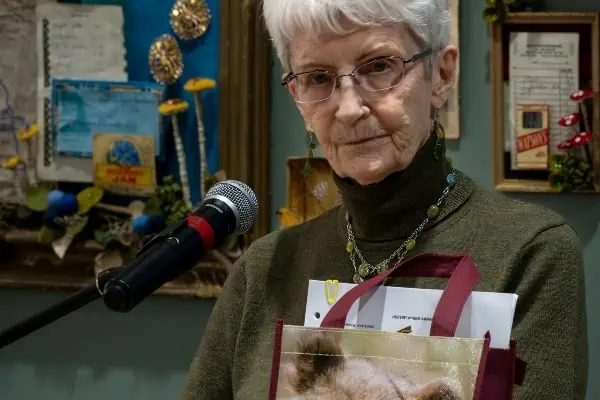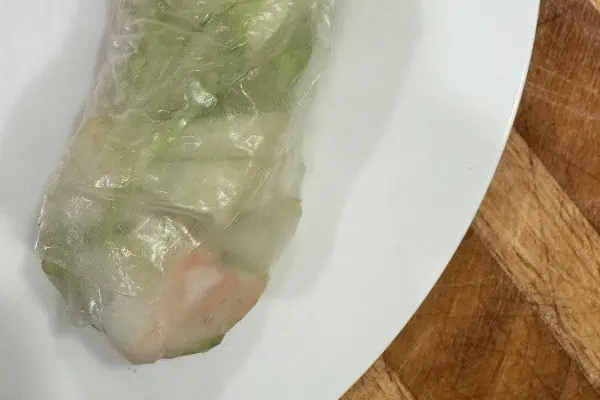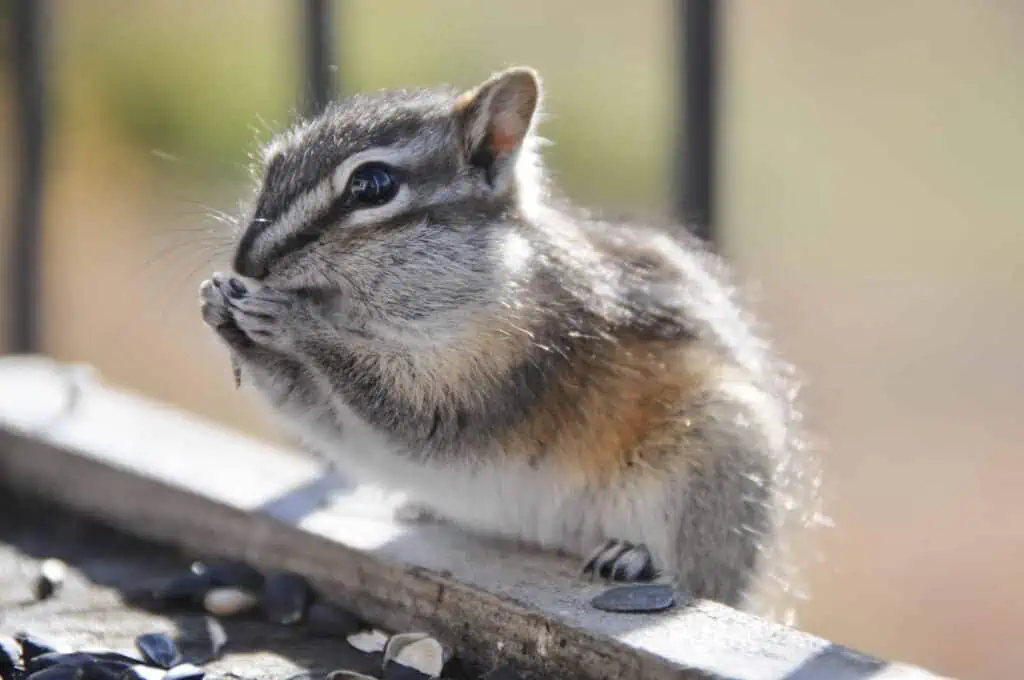
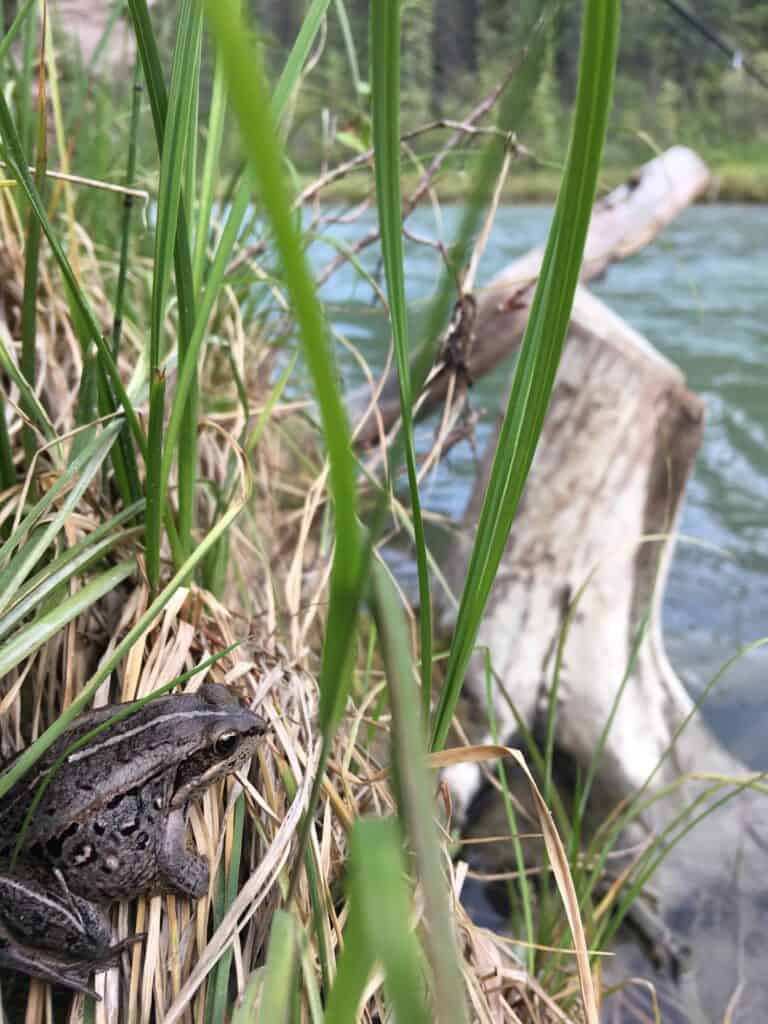
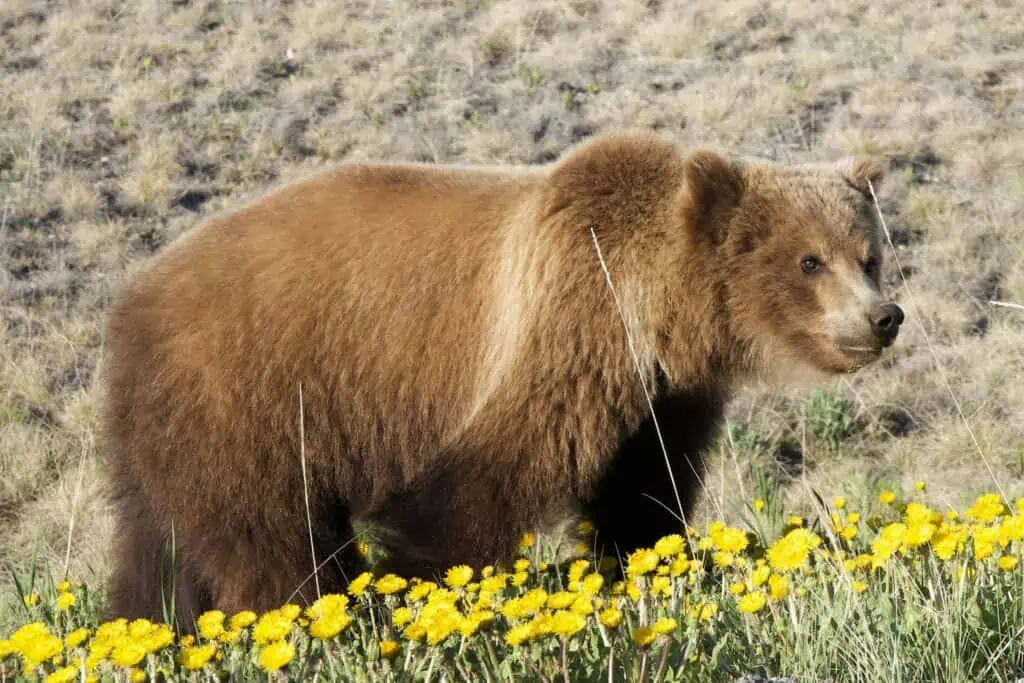
I like to imagine that hibernating animals wake up from their long winter sleep much like we humans wake up from our own nightly slumber. Some of us are groggy for a while, similar to a bear that remains in a kind of walking hibernation for a couple of weeks after coming out of his den. Others wake up ready to go, like female Arctic ground squirrels that get impregnated within a few days of coming out of hibernation. And for others, still, a big breakfast is the first order of business. A pregnant little brown bat (little brown myotis) can eat up to her entire body weight in insects, each night, according to MassWildlife (mass.gov/masswildlife).
In late April and early May, the internal clock of a wide variety of hibernators begins to trigger a series of chemical reactions that will eventually wake them up. We haven’t seen many of these Yukon animals since last year. Before you know it, we’ll be hearing male wood frogs calling to their mates again, near our local ponds, and seeing bears along roadsides, digging up roots and ants and waiting for those first sweet dandelions.
For many animal species, it appears that the males wake up first. The male Arctic ground squirrel wakes up earlier, in order to regain his strength for mating and to reach sexual maturity, as do male chipmunks. They need to feed so they’ll be able to compete for their mating rights, as soon as the females come out of their burrows. And a female bear may stay inside her den longer, in order to give her cubs a bit more time to grow and to prepare for life outside.
Some actually argue that bears aren’t true hibernators because their body temperature doesn’t drop very low and because they’re still aware enough of their surroundings to wake up to any possible threats. They do, however, exist all winter long only on oxygen and their fat reserves from the previous year: they don’t eat, drink, defecate or urinate for months. Their fat stores from the past summer are slowly used as a food and water source, and urinary wastes are turned into proteins. Chipmunks, on the other hand, aren’t able to accumulate enough fat to last them all winter; and so, instead, they spend their summer and fall collecting food and storing it in their burrows. During the winter they wake up every few days from their state of torpor—to eat, defecate and urinate.
On the other end of the spectrum, of being able to decrease their body temperature, is the Arctic ground squirrel and the wood frog. Researchers at the University of Alaska, at Fairbanks, have found that the Arctic ground squirrel is able to cool its body to -2.9 Celsius, which is colder than any other hibernating mammal. It also stores up a cache of food, but this isn’t eaten during hibernation; instead, it’s consumed in spring, after they wake up, while there isn’t much food available, yet, outside their burrows. The wood frog, which is found in almost all of the Yukon, manages to go to even more extreme measures in order to survive a northern winter. According to the Yukon Wildlife Viewing Guide, wood frogs “produce a glucose that prevents cells from bursting when they freeze. The heart stops beating, the fluid between the cells freezes, and the frogs look frozen solid.” They awaken in late April and breed in nearly frozen water, when bits of ice can still be found on lakes and ponds.
Speaking of breeding, while many hibernating animals (like the wood frog, the least chipmunk and the Arctic ground squirrel) wake up in spring with reproduction on their minds, the little brown bat actually mates in late autumn, right before hibernation, in their hibernaculum roost. Sometimes this occurs when the female bat is still awake, but apparently sometimes males mate with bats that have already entered into hibernation (and, surprisingly, they don’t seem to care much whether they’re female or male). Mating happens in the fall, but fertilization doesn’t occur until spring. Bat Conservation International (batcon.org) reports that “females ovulate within hours of emerging from hibernation in spring, and that’s when the egg is fertilized.” During the spring and summer, little brown bats live in separate colonies. Males roost alone or in small groups, often in higher elevations or cooler areas, and females come together in larger, warmer colonies of up to several-hundred bats, in order to maintain the warmth needed to birth and care for their pups. Little brown bats usually give birth to only one offspring per year and spend most of their energy raising their pup over the summer.
It could be argued that, in that regard, the female bear has the better early-childcare set-up. Pregnant bears hibernate deeply, during the early winter, but their heart rate increases gradually up to when they give birth in their dens during January or February. Bear cubs are born tiny, blind and helpless. After the cubs are born, the mother bear’s heart rate returns to hibernation levels and she continues sleeping while the little ones drink her nutrient-dense milk and rapidly increase in size so that they’ll be able to survive, in spring, when they’ll have to leave their dens with their mothers and begin to learn about the unfamiliar world outside.
All these incredible animals go to astounding lengths to survive our harsh Yukon winters and, for many, spring marks the beginning of yet another cycle of hectic foraging to once again prepare for the next one. So what can we do to help our hibernating neighbours? First and foremost, if you come across a still-hibernating animal, don’t disturb it. For many, waking is very difficult and unnecessarily burns a lot of their energy reserves, putting their entire survival at risk. If you’d like to learn more about some of these Yukon creatures, a great place to start is the free Yukon wildlife pocket guides available at the Whitehorse Visitor Information Centre, as well as at other locations around town.
If you’re interested in bats, you might like to build a bat house. You can find step-by-step instructions and plans on the Yukon government website. While most biologists suspect that Yukon bats don’t hibernate in the Yukon and, instead, migrate in the fall to areas like Alaska’s coast, where warmer temperatures and the additional moisture in the air saves them from freezing solid or drying out, a bat house can provide a safe environment for these interesting beings, during the spring and summer; and if they decide they like your place, you may have years and years of bat viewing and insect control ahead of you, since bats are said to return to the same roost, year after year (and the little brown bat can live for over 30 years).In general, don’t take away a hibernator’s food source or their potential hiding spots. Consider planting flowers that provide food for pollinators such as bumblebees and butterflies. And if, this spring, you come across one of these extraordinarily tough hibernating animals (whether large or small), give them their space and admire them from a distance for all they went through to survive the winter. Let them regain their strength in peace; after all, you wouldn’t want anyone to bother you after you just woke up, either, right?

